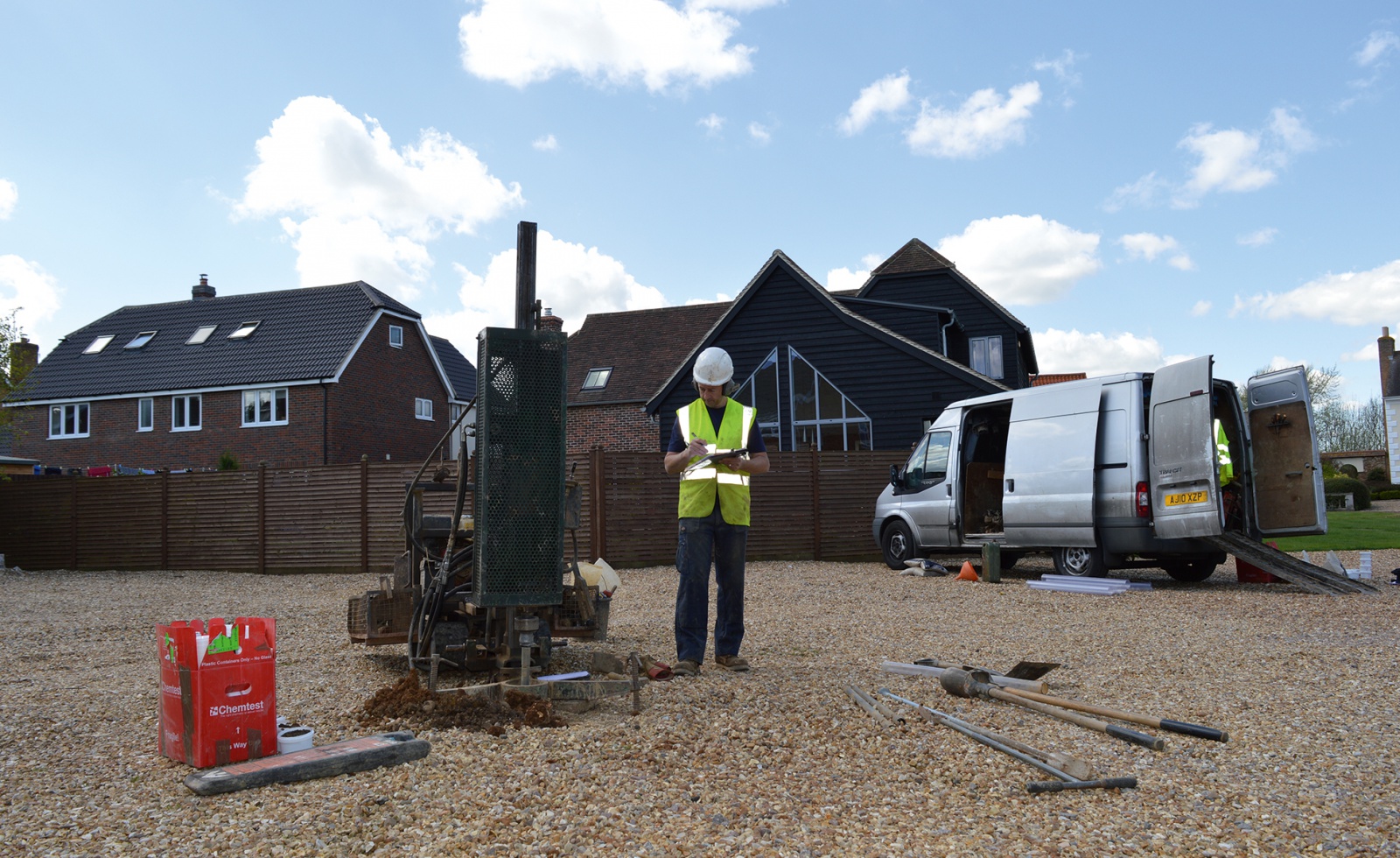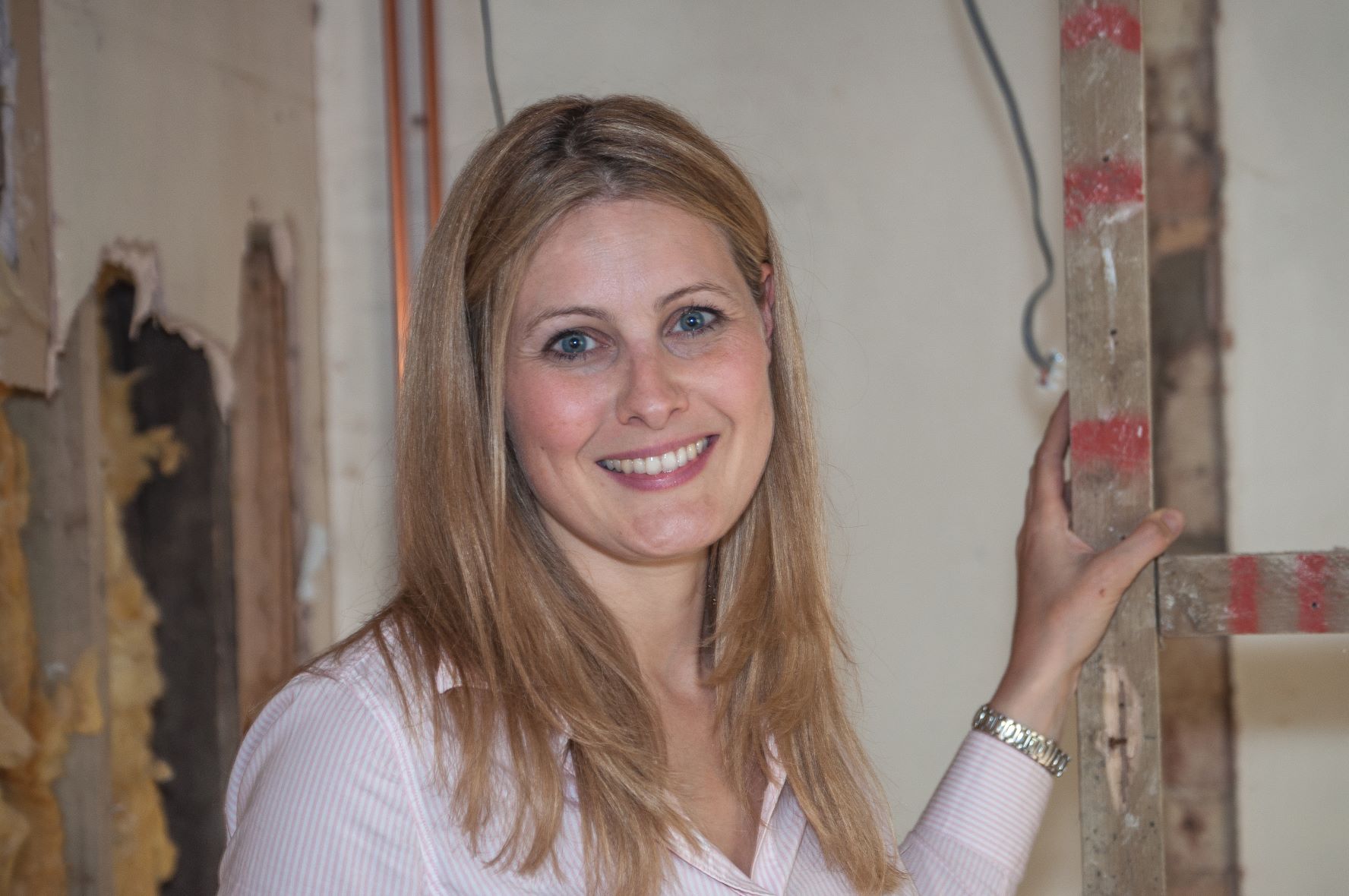How a simple soil survey could save you thousands of pounds on your build
We explain everything you need to know about soil surveys as well as how one could save you money on your build

While a soil survey is a sensible move for anyone looking to self build on their on plot, commissioning a soil survey before buying a plot or land can prove even more invaluable.
That's because a soil survey can give you a good indication of what type of foundation system you will need to use to build on the land, which will help you assess if a project will be financially viable.
"A soil survey can provide you with detailed insight into the characteristics of the ground on your plot, and determine the quality of the earth and highlight any anomalies in the ground conditions which you may need to consider before progressing to groundworks stage," explains Brent Ackerman, former project manager at Potton Homes.
Here we take a deep dive into what soil surveys are, if they are a requirement and how much they might cost.
What is a soil survey?
A soil survey will usually involve a geotechnical engineer assessing the topography of the land and perhaps digging or boring holes to evaluate the soil type as well as other factors that could impact the choice of foundation system.
"Typically both the top soil and subsoil are investigated, which determines soil material, pH levels, particle size and potential contamination," explains Brent Ackerman.
"Trial holes are dug in the presence of the engineer so that they can take photos and notes of what they see, and also take soil samples for analysis. Holes (which can be up to 3m deep) are then filled in following the survey.
Bring your dream home to life with expert advice, how to guides and design inspiration. Sign up for our newsletter and get two free tickets to a Homebuilding & Renovating Show near you.
"Another way is to take some samples using an auger rig and there are plenty of companies around who can do that for you."
Is a soil survey really necessary?
Is it necessary to carry out a soil survey — ‘why don’t you just start digging?’ you may ask. While it isn’t absolutely necessary, when you are planning your budget the last thing you want is nasty surprises, and there can be many lurking beneath the soil. For an outlay of £1,000-£2,000 it can be money well spent to avoid the unforeseen when on site.
If there are problems with the site these may come to light when a survey is conducted. Technical issues such as poor soil composition or poor drainage are all things that would add costs to your build budget and you should be aware of these upfront.
Ideally this sort of information should be available before you purchase the plot, but sadly this isn’t often the case. So, unless you want to allow a lot more in your contingency you should get a survey done as soon as possible. It may just save you a lot of money in the long run.
How much does it cost?
The cost of a soil investigation depends on the size of the project and whether there are planning conditions to be satisfied. A desktop study of a site could cost around £600 plus VAT. A basic soil investigation costs around £1,500 plus VAT, scaling up from there depending on the size and complexity of the project.
"When I talk to self builders about budgeting, one of the biggest ‘grey areas’ is the foundations. I usually advise that a ground investigation should be carried out which includes a soil survey. From the results of this survey a foundation can be engineer-designed that is the most economical for the site", explains Brent.

Amy spent over a decade in London editing and writing for The Daily Telegraph, MailOnline, and Metro.co.uk before moving to East Anglia where she began renovating a period property in rural Suffolk. During this time she also did some TV work at ITV Anglia and CBS as well as freelancing for Yahoo, AOL, ESPN and The Mirror. When the pandemic hit she switched to full-time building work on her renovation and spent nearly two years focusing solely on that. She's taken a hands-on DIY approach to the project, knocking down walls, restoring oak beams and laying slabs with the help of family members to save costs. She has largely focused on using natural materials, such as limestone, oak and sisal carpet, to put character back into the property that was largely removed during the eighties. The project has extended into the garden too, with the cottage's exterior completely re-landscaped with a digger and a new driveway added. She has dealt with de-listing a property as well as handling land disputes and conveyancing administration.
